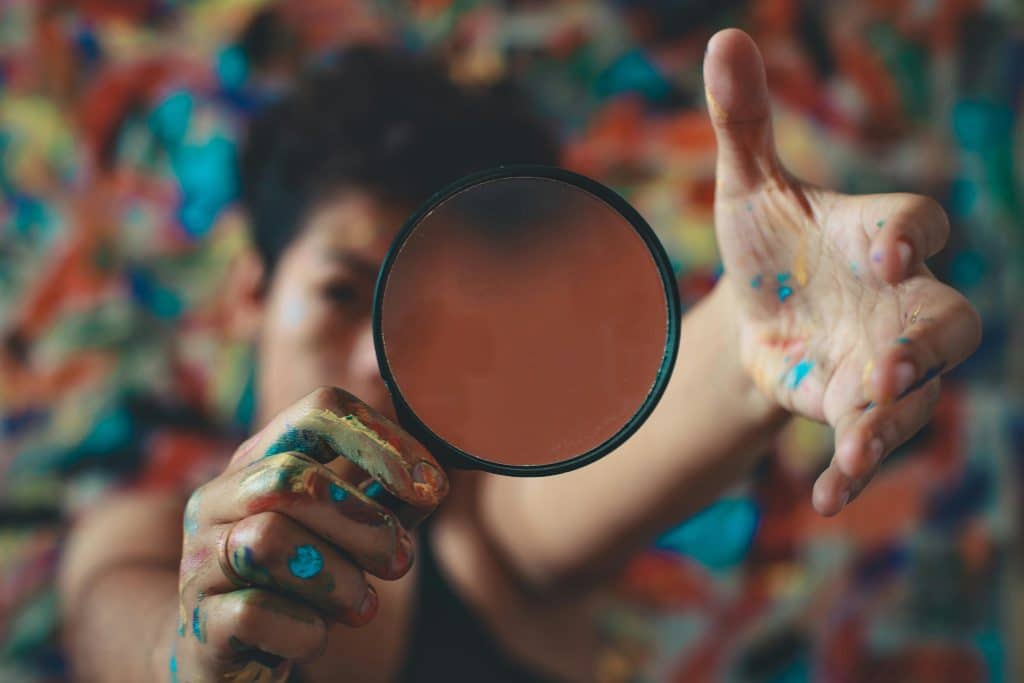In a world full of productivity tools and time management advice, we often forget that focus is not just about discipline or structure. Instead, the role of curiosity in sustained focus is becoming one of the most relevant discussions in neuroscience and learning science today.
Whether you’re a student trying to absorb complex material or a professional working through hours of deep cognitive labor, staying engaged is hard. What keeps us coming back to a task—even after fatigue sets in—isn’t just willpower. It’s the spark of ongoing interest.
This article explores how curiosity acts as the fuel for long-term attention and how emerging trends in workplace psychology, education, and UX design are finally recognizing its role. We’ll also offer practical ways to make curiosity a deliberate part of your workflow.

Why We Lose Focus Without Curiosity
We blame distractions, but deeper down, lack of interest is often the real reason we can’t stay on task. When curiosity dries up, attention drifts—no matter how many blockers or Pomodoros you throw at it.
A 2023 study published in Nature Human Behaviour found that people sustained attention significantly longer when their personal curiosity was triggered—even if the task was complex or unstructured.
The takeaway? When you’re not curious, your brain doesn’t prioritize the task. But when you are, your attention locks in more naturally.
“When curiosity is active, distraction becomes irrelevant.” — Dr. Celeste Kidd, UC Berkeley
The Science Behind Curiosity and Sustained Focus
Understanding the role of curiosity in sustained focus means diving into the brain’s mechanics. Curiosity is a cognitive and neurological phenomenon that activates:
- The hippocampus, improving memory formation
- The dopaminergic system, releasing reward-related chemicals
- The prefrontal cortex, responsible for executive control and attention
A 2014 study in Neuron by Gruber et al. showed that curiosity-enhanced states led to greater learning and information retention. In essence, curiosity upgrades your focus capacity.
This research aligns with findings by George Loewenstein, who proposed the Information Gap Theory: when we become aware of a gap in our knowledge, our brain seeks to close it, which increases focus.
How the Productivity Industry Overlooks Curiosity
Most productivity tools still emphasize control: timeboxing, attention tracking, habit stacking. These techniques work to an extent—but without interest, they’re fragile.
Few systems ask: Why is this task meaningful to you? or What part of this are you most curious about?
New design-forward productivity apps like Notion and Tana have started embedding curiosity-friendly UX, letting users build around exploratory workflows rather than rigid checklists.
Practical Ways to Sustain Focus by Cultivating Curiosity
1. Begin with a Curiosity Question
Instead of launching into “do this” mode, start by framing your task as a question.
Example:
- Write presentation
- What would surprise my audience about this topic?
This shifts your cognitive mode from obligation to exploration, aligning with the information gap effect.
2. Add Curiosity Anchors to Repetitive Work
Find one interesting element in a boring task. For example, if you’re editing a long report, focus on how tone influences credibility. That anchor keeps you mentally attached.
3. Leave Strategic Open Loops
When you stop mid-task, don’t finish everything. Leave a question or sentence incomplete. Your brain wants to finish it later—and will stay curious until it does.
4. Switch Formats to Spark Curiosity
Monotony kills focus. Use a new input method—e.g., diagram a complex idea instead of writing it, or summarize a podcast instead of reading a blog.
5. Schedule Around Curiosity Windows
Your curiosity isn’t consistent all day. If you’re naturally more inquisitive in the morning, protect that time for creative or demanding tasks. Guard those windows.
Why Curiosity Is Now a Competitive Advantage
As attention spans shorten and digital distractions grow, the role of curiosity in sustained focus becomes a cognitive advantage—not just a personal trait.
Modern learning platforms like Khan Academy and Duolingo leverage curiosity with rewards, streaks, and exploration-first paths to keep learners engaged longer.
If companies are designing interfaces around curiosity, individuals should too. Whether you’re building a personal note system, a reading routine, or a daily writing habit, curiosity is what makes consistency possible.
Conclusion
Curiosity isn’t a feel-good extra—it’s a focus enhancer backed by neuroscience. Instead of forcing yourself to concentrate, start building workflows that activate interest.
Reframe tasks into questions. Leave breadcrumbs to pull yourself back into focus. Treat your curiosity like a system to be protected—not a spark to be hoped for.
Because when curiosity is designed into your daily practice, sustained focus becomes much easier to maintain—and far more rewarding.
References
- Kidd, C., & Hayden, B. Y. (2015). The Psychology and Neuroscience of Curiosity. Neuron. https://doi.org/10.1016/j.neuron.2015.05.045
- Gruber, M. J., Gelman, B. D., & Ranganath, C. (2014). States of Curiosity Modulate Hippocampus-Dependent Learning via the Dopaminergic Circuit. Neuron. https://doi.org/10.1016/j.neuron.2014.08.034
- Loewenstein, G. (1994). The psychology of curiosity: A review and reinterpretation. Psychological Bulletin. https://doi.org/10.1037/0033-2909.116.1.75









